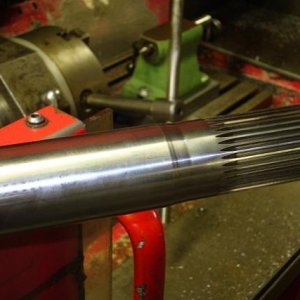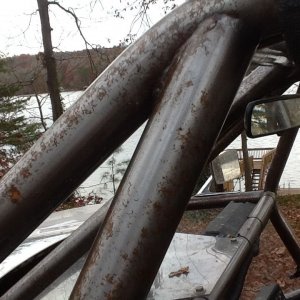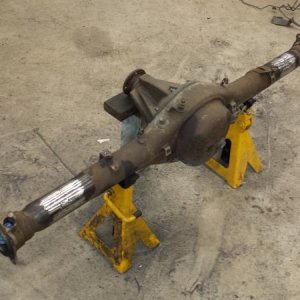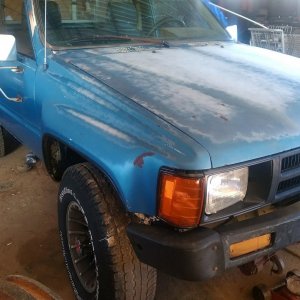Jason C said::rb: there was Tech and facts to back up real world wheeling expirences and reasons why it may not be such a bad idea to run an aluminum. Like I explained in the later posts that you deleted rather than just deleting the "personal attack" post.
I guess BRASS COPPER RADIATORS ARE UBER COOL RUN OUT AND GET YOURS TODAY!:Good:
Ok, you're right on the 3rd post. I got an itchy trigger finger after the first two. I restored it, accept my apology on that one, but what I said before still stands. It's fine if you have your opinion and even real world experience, but if you read the rules, I also said "This is not Pirate"... and I think everyone knows what that means as far as the tech section goes (if not, re-read the rules).
Now, if we need to argue more about this, please send me a PM instead of cluttering up this thread.
Last edited:










